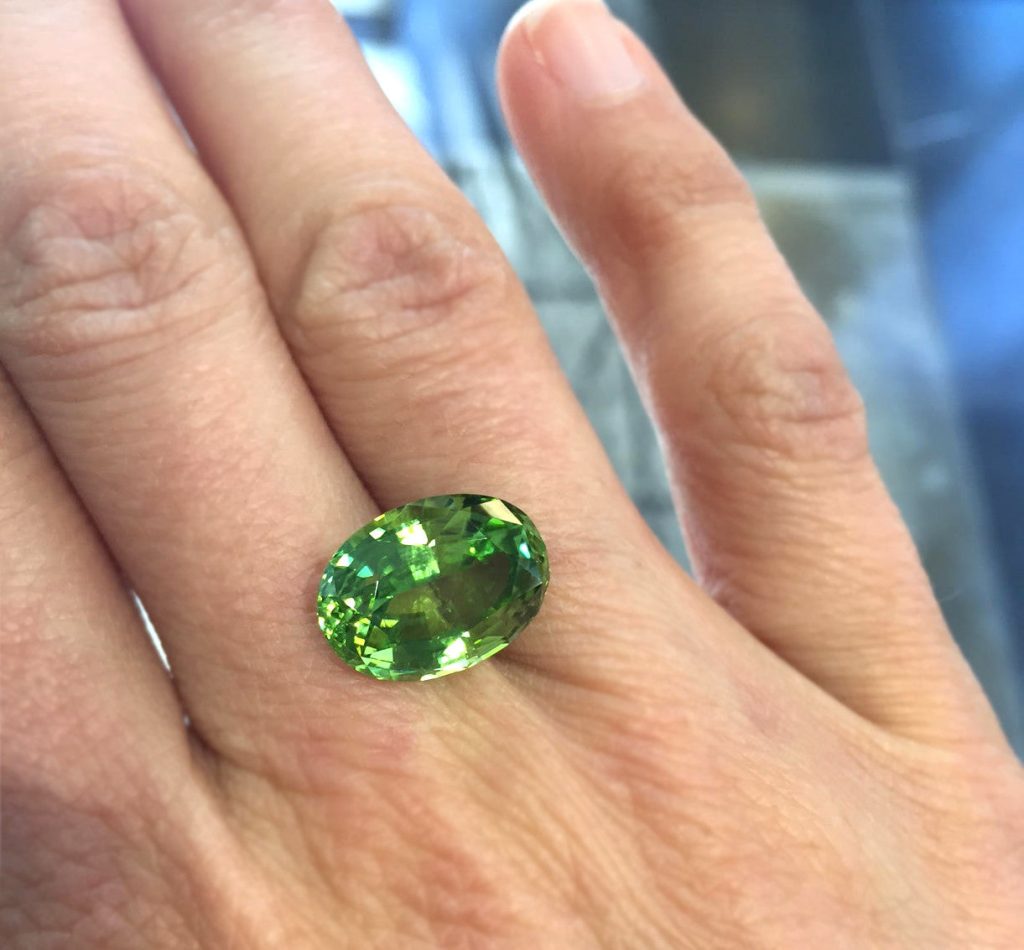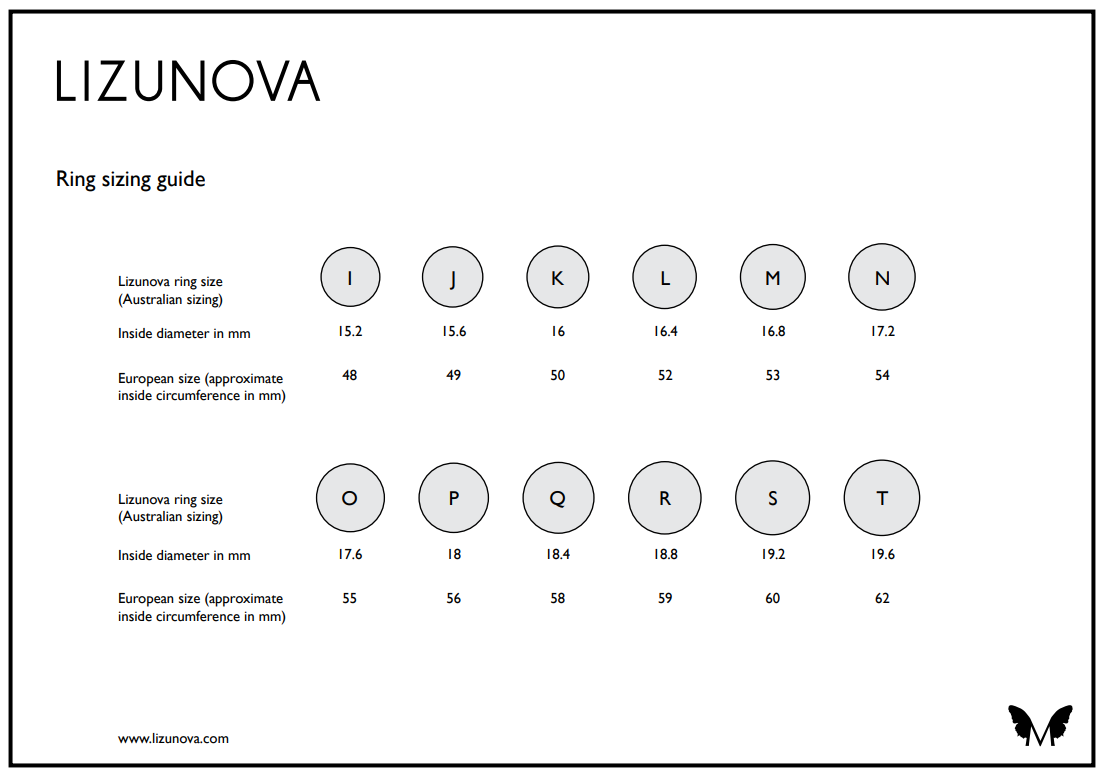A beautiful green gemstone from the Olivine gamily, magnesium-rich peridot is the birthstone for August. Called the extreme gem by the Gemological Institute of America, peridot is born of fire and brought to light, one of only two gems (diamond is the other) formed not in the Earth's crust, but in molten rock of the upper mantle and brought to the surface by the tremendous forces of earthquakes and volcanoes. While these peridots are born of Earth, other crystals of peridot have extraterrestrial origins, found in rare pallasite meteorites (only 61 known to date) formed some 4.5 billion years ago, remnants of our solar system's birth. Some rare extraterrestrial crystals are even big enough to facet as cut gemstones.Peridot in its basic form, olivine, was also found in comet dust brought back from theStardustrobotic space probe in 2006, has been discovered on the moon, and detected by instrument on Mars by NASA's Global Surveyor. Ancients believed, quite accurately, that peridot was ejected to Earth by a sun's explosion and carries its healing power.
On Earth, peridots are found in the US, Australia, Brazil, China Egypt, Kenya, Mexico, Burma,Norway,Pakistan,Saudi Arabia,South Africa,Sri Lanka andTanzania. Peridots are also found in exotic locales like Peridot Beach, Hawaii, where the sands shimmer a luminous green.
The word peridot comes from the Arabic faridat, meaning gem. A yellow-green, gem quality variety of the mineral olivine, peridotgets its attractive yellowish green hues from the presence of iron. Volcanic basalt rocks are rich in iron and magnesium two essential elements needed to create the gem. Hardened lava flows can be rich sources for peridot.
Prized in Ancient Egypt, peridot was nicknamed by the Egyptiansthe gem of the sun andrecorded to have been mined since circa 1500 BC on the Red Sea island ofZabargad. A large proportion of peridots in the world's museums originate from there. Some historians believe that Cleopatra's emerald collection might actually have been peridot.
Peridot is sometimes mistaken for emeralds and other green gems. Notable gemologist George Frederick Kunz highlighted the confusion between emeralds and peridots in many churchtreasures, notably the "Three Magi" treasure in the Dom of Cologne, Germany.
The largest cut peridot olivine is a 310 carat (62g) specimen in the Smithsonian Museum in Washington, D.C.
Peridots can be differentiated by size and composition. A peridot formed as a result of volcanic activity tends to contain higher concentrations of lithium, nickel and zinc than those found in meteorites.
Olivine in general is a very abundant mineral, but gem quality peridot is rather rare. This is due to the mineral's chemical instability on the Earth's surface. Olivine is usually found as small grains, and tends to exist in a heavily weathered state, unsuitable for decorative use. Large crystals of forsterite, the variety most often used to cut peridot gems, are rare. Peridot, in shades of olive, is one of the few gemstones that forms in only one colour.
It is believed to be a crystal of warmth and well-being, mentally stimulating and physically regenerating. Peridot is said to carry the gift of inner radiance, sharpening the mind and opening it to new levels of awareness and growth, helping one to recognize and realize one's destiny and spiritual purpose.
Associated with the sun, peridot has been prized since the earliest civilizations for its protective powers to drive away the forces of darkness. Set in gold and worn around the neck or bound to the left arm, it was used as a charm against sorcery and magic, evil spirits, night terrors, and madness.
Peridot possessesextremely high double refraction-when you look closely through the gem, you can see two of each pavilion facet.
Large,brightly coloured and inclusion-free peridots are highly valued in modern jewellery making. Best material today comes from Pakistan, as does this beautiful gem, ready to be made into acustom ring or pendant.




